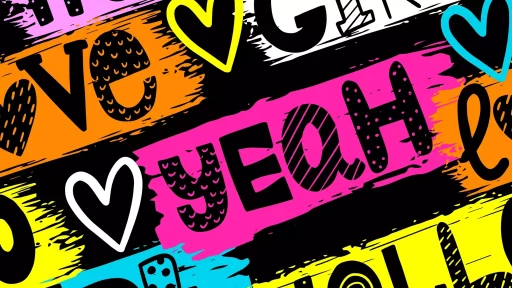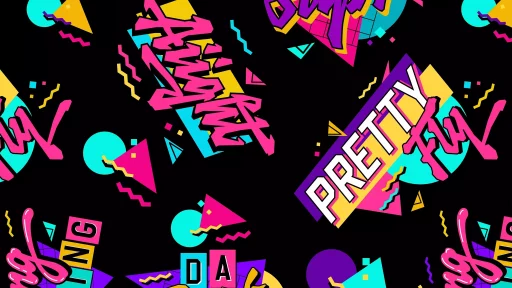Understanding RCS Text Messaging
Rich Communication Services (RCS) is transforming the way we communicate via mobile messaging. As a protocol aimed at enhancing SMS and MMS, RCS bridges the gap between standard text messaging and full-fledged messaging applications like WhatsApp and Facebook Messenger. With RCS, users enjoy an enriched messaging experience characterized by high-quality images, read receipts, typing indicators, and much more.
Key Features of RCS
- Rich Media Support: Unlike traditional SMS, RCS allows users to send high-resolution images, videos, and audio.
- Real-Time Typing Indicators: Users can see when their contacts are typing, which enhances real-time conversations.
- Read Receipts: Users can know when their messages have been delivered and read, providing better engagement tracking.
- Group Chat Functionality: RCS supports group messaging with more features than SMS, such as adding/removing participants and polls.
- Business Messaging: Companies can engage with customers through branded messages, including promotional material and customer service interactions.
The Evolution From SMS to RCS
Traditionally, standard SMS (Short Message Service) allowed users to send text messages up to 160 characters. While this was revolutionary in the early 2000s, it quickly became evident that plain text had limitations. The advent of instant messaging apps brought forth demands for more features, and RCS emerged as a solution. Mobile network operators, along with Google, collaborated to develop RCS as an upgrade to SMS.
Statistics Highlighting the Growth of RCS
As RCS continues to gain traction, various reports cite its increase in usage:
- According to a report by GSMA, RCS is expected to have over 1 billion users by the end of 2023.
- A Jul 2023 survey from Omdia indicated that 80% of consumers are aware of RCS and appreciate its enhanced features.
- Businesses employing RCS have witnessed a 60% increase in customer engagement compared to traditional SMS.
Real-World Applications of RCS
RCS is not just a tool for casual conversation—it’s also a powerful asset for businesses. For example, companies can leverage RCS for promotional messages, appointment reminders, and customer support. Here are some case studies:
- E-commerce Retailers: A prominent e-commerce company utilized RCS to send personalized product recommendations, resulting in a 25% increase in click-through rates compared to SMS.
- Travel Agencies: A travel agency used RCS for sending itinerary updates and upsell offers to customers, which resulted in a 40% increase in customer satisfaction ratings.
- Restaurants: A local restaurant chain deployed RCS to handle reservations and send promotional offers, leading to a 30% uptick in foot traffic during weekends.
Challenges and Limitations of RCS
Despite its significant advantages, RCS also faces several challenges:
- Device and Carrier Support: Not all devices and carriers support RCS as a universal standard yet, which can lead to fragmented user experiences.
- Security Concerns: While RCS improves upon SMS, it lacks end-to-end encryption, raising concerns for users who prioritize privacy.
- Adoption Rates: Despite the growth, there are still barriers to widespread adoption, particularly in regions where SMS is still the dominant messaging method.
The Future of RCS Text Messaging
As RCS continues to evolve, industry experts predict it will become more integrated with marketing automation, customer relationship management (CRM) tools, and analytics platforms. Enhanced A/B testing and personalization strategies will likely pave the way for improved user engagement.
With ongoing support from major tech companies, the future looks bright for RCS. Businesses that recognize the value of rich communication and invest in RCS will likely reap the benefits of enhanced customer satisfaction and increased revenues.
Conclusion
Rich Communication Services is not just a fad; it represents a significant leap forward in mobile communication. By bridging the gap between traditional SMS and modern messaging applications, RCS holds the potential to revolutionize how we communicate, both personally and professionally. As both consumers and businesses continue to embrace this technology, the implications for the future of messaging are profound.




